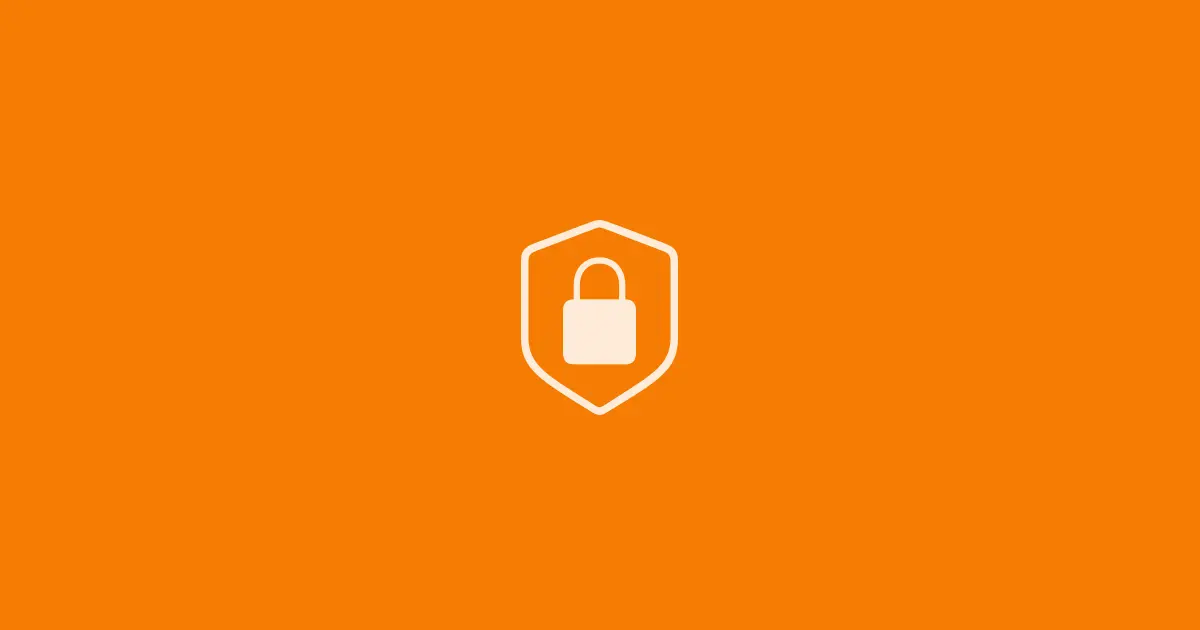Securing DevOps Pipelines - Best Practices for Robust Application Security
With the increasing adoption of DevOps practices, organizations are embracing faster software delivery cycles. However, this accelerated pace should not come at the cost of compromising application security. Securing DevOps pipelines is paramount to protect sensitive data, prevent security breaches, and maintain the trust of customers. In this blog post, we will explore best practices for robust application security in DevOps pipelines, covering key areas such as code security, vulnerability management, secure configurations, and automated security testing.
Code Security
Secure Coding Practices
Promote secure coding practices by implementing guidelines, training developers, and leveraging security-focused code reviews. Emphasize input validation, parameterized queries, and secure authentication and authorization mechanisms.
Static Application Security Testing (SAST)
Integrate SAST tools into the CI/CD pipeline to scan source code for potential security vulnerabilities, such as SQL injection, cross-site scripting (XSS), and insecure cryptographic implementations.
Secrets Management
Avoid hardcoding sensitive information in code or configuration files. Utilize secure secret management solutions, such as vaults or key management services, to store and retrieve secrets like API keys, passwords, or cryptographic keys.
Vulnerability Management
Dependency Management
Regularly update and patch dependencies, libraries, and frameworks to address known vulnerabilities. Employ dependency management tools to automate vulnerability scanning and tracking of dependencies.
Software Composition Analysis (SCA)
Incorporate SCA tools to identify vulnerabilities in third-party components and open-source libraries used in your applications. Monitor security advisories and promptly address any reported vulnerabilities.
Secure Configurations
Infrastructure as Code (IaC) Security
Embed security best practices into infrastructure code by defining secure configurations for cloud resources, networks, and access controls. Leverage infrastructure scanning tools to validate and enforce secure configurations.
Container Security
Implement secure container configurations and leverage container security scanning tools to identify vulnerabilities and enforce security policies within containerized environments. Regularly update container images to include the latest security patches.
Automated Security Testing
Dynamic Application Security Testing (DAST)
Integrate DAST tools into the CI/CD pipeline to simulate real-world attacks against running applications. Perform automated security scans to identify common vulnerabilities and misconfigurations.
Security Test Automation
Automate security testing by leveraging frameworks and tools specifically designed for security testing, such as OWASP ZAP or Burp Suite. Incorporate security test cases into the regression testing suite to ensure ongoing security verification.
Continuous Monitoring and Incident Response
Log Management and Monitoring
Implement centralized log management and real-time monitoring solutions to detect and respond to security events effectively. Employ security information and event management (SIEM) systems to correlate and analyze security-related logs.
Incident Response Planning
Develop an incident response plan that outlines procedures for identifying, containing, and mitigating security incidents. Regularly conduct incident response drills and ensure the involvement of relevant stakeholders.
Conclusion
In the fast-paced world of DevOps, application security must be an integral part of the development and deployment process. By following best practices for code security, vulnerability management, secure configurations, and automated security testing, organizations can build robust DevOps pipelines that prioritize application security. By integrating security into every stage of the software development lifecycle, organizations can confidently deliver secure software while maintaining the trust of their users and safeguarding sensitive data.
